American Factory Jobs: Assessing The Feasibility Of Trump's Vision
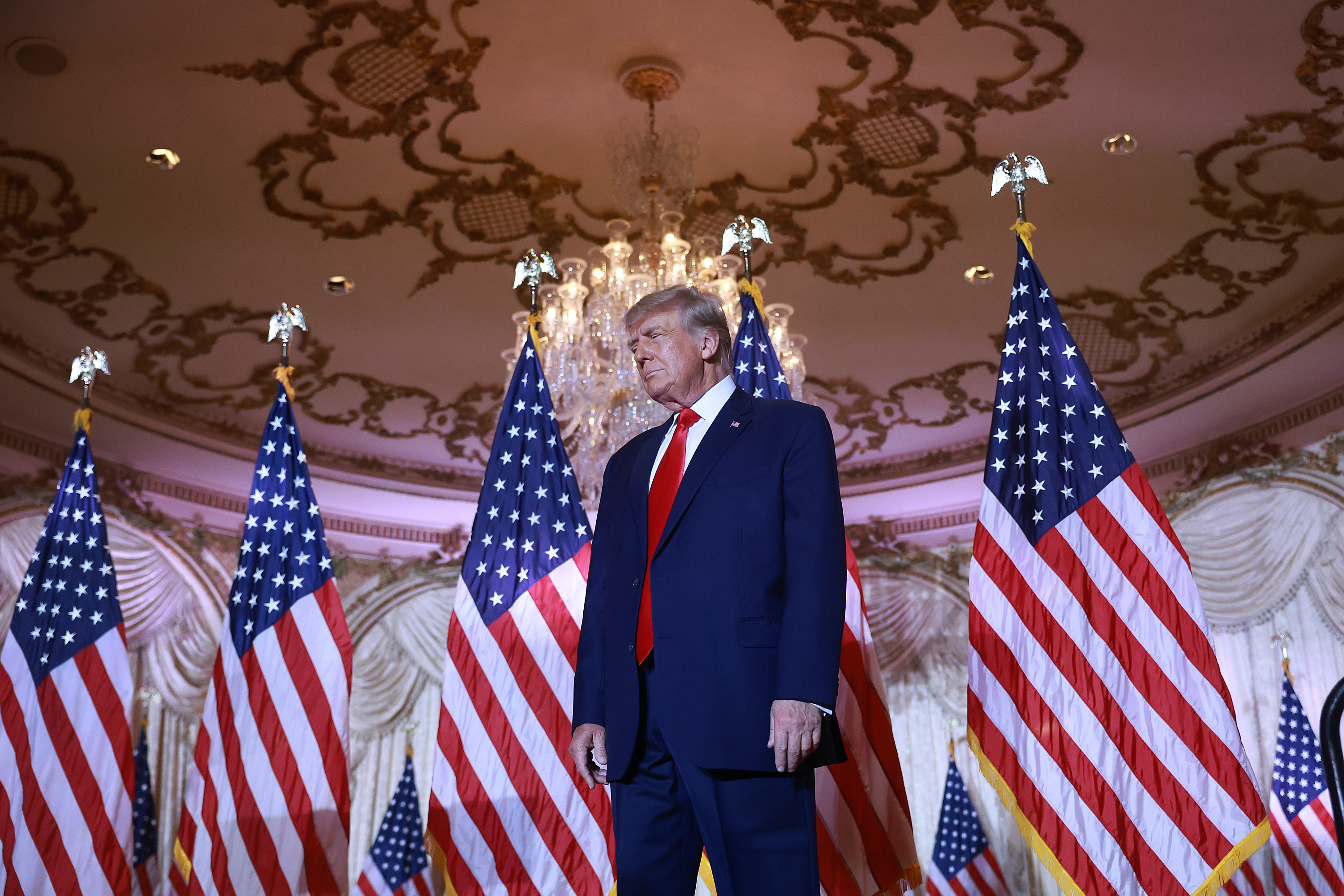
Table of Contents
The Promises Made: Analyzing Trump's Campaign Rhetoric on Manufacturing
Key Promises: A Blueprint for Revival?
During his campaign, Donald Trump made numerous promises centered on revitalizing American manufacturing. These promises largely focused on two key areas:
- Bringing Jobs Back from Overseas: Trump frequently vowed to bring manufacturing jobs back to the US from countries like China and Mexico, often characterizing these jobs as having been unfairly "stolen."
- Investing in American Infrastructure: He pledged significant investment in American infrastructure, arguing that this would create jobs and support domestic manufacturing.
His administration also pursued policies like:
- Imposition of tariffs on imported goods.
- Renegotiation of trade deals, culminating in the USMCA (United States-Mexico-Canada Agreement).
These promises were made against a backdrop of decades of declining manufacturing employment in the US, fueled by globalization, automation, and shifting global supply chains.
The Appeal to the American Worker: Resonance and Reality
Trump's promises resonated deeply with many American workers, particularly in the industrial heartland, who had witnessed the decline of manufacturing in their communities. This resonance stemmed from several factors:
- Declining Manufacturing Employment: The loss of manufacturing jobs over decades had created widespread economic anxiety and a sense of displacement in many communities.
- Economic Anxiety: The 2008 financial crisis and the subsequent slow economic recovery further exacerbated this anxiety, leaving many feeling vulnerable and forgotten.
- Nostalgia for Past Prosperity: A longing for a return to the perceived economic security and stability of the mid-20th century played a significant role.
These factors created fertile ground for Trump's message of economic nationalism and the promise of a manufacturing renaissance.
The Reality Check: Evaluating the Outcomes of Trump's Policies
Job Growth in the Manufacturing Sector: Numbers and Nuances
While the manufacturing sector did see job growth during the Trump administration, the numbers don't tell the whole story. The increase, while significant in certain sectors, was not as dramatic as promised and fell short of reversing the long-term trend of decline.
- Overall Growth: The net gain of approximately 500,000 jobs needs to be compared to the millions lost over previous decades.
- Type of Jobs: The types of jobs created also matter. Many were low-skill, lower-paying positions, while high-skilled, high-paying jobs remained elusive for many workers.
- Automation's Impact: Automation continued to displace workers throughout the period, offsetting some job creation.
Accurate assessment requires acknowledging that global economic conditions and technological advancements significantly impact job numbers.
The Role of Trade Policies: Tariffs, Trade Wars, and Their Impact
Trump's trade policies, characterized by tariffs and renegotiated trade agreements, had a mixed impact on American factory jobs.
- Tariffs: While tariffs aimed to protect domestic industries, they also led to increased prices for consumers and retaliatory tariffs from other countries, disrupting global supply chains.
- USMCA: The USMCA replaced NAFTA, but its impact on job creation was limited and complex, with benefits concentrated in certain sectors.
- Winners and Losers: Specific industries and companies were differentially affected, with some benefiting from protectionist measures while others suffered due to trade disruptions.
The complexities of global trade make simplistic narratives of success or failure impossible.
Reshoring and Foreign Direct Investment: A Limited Success?
Efforts to encourage reshoring – the return of manufacturing to the US – and attract foreign direct investment had limited success.
- Some Success Stories: A few companies did announce reshoring initiatives, driven by various factors including reduced transportation costs and a desire to reduce reliance on foreign suppliers.
- Limited Scale: However, the scale of reshoring was modest compared to the magnitude of job losses over previous decades.
- Challenges: High labor costs in the US, infrastructure deficiencies, and the availability of skilled labor remained significant obstacles.
The Ongoing Challenges: Obstacles to Reviving American Factory Jobs
Automation and Technological Change: The Inevitable Shift
Automation continues to transform the manufacturing landscape, posing significant challenges to employment.
- Increased Productivity, Reduced Workforce: Robots and automated systems are increasingly capable of performing tasks previously done by human workers, leading to higher productivity but lower employment needs.
- Retraining and Upskilling: Addressing this challenge requires significant investment in retraining and upskilling programs to equip workers with the skills needed for the jobs of the future.
This necessitates proactive workforce development strategies to mitigate job displacement.
Global Competition: The Fight for Market Share
American manufacturers face intense competition from countries with lower labor costs and other competitive advantages.
- Lower Labor Costs: Countries like China and Vietnam offer significantly lower labor costs, making it difficult for American manufacturers to compete on price alone.
- Government Support: Many countries provide substantial government support to their manufacturing sectors, including subsidies, tax breaks, and other incentives.
- Innovation is Key: American manufacturers must focus on innovation, high-value-added products, and advanced manufacturing technologies to maintain a competitive edge.
Sustaining competitiveness demands a multi-pronged approach focusing on innovation and efficiency.
Infrastructure and Supply Chains: Building a Strong Foundation
Robust infrastructure and resilient supply chains are essential for supporting American manufacturing.
- Infrastructure Investment: Investing in modern infrastructure, including transportation networks, energy grids, and broadband access, is critical to improve efficiency and reduce costs for manufacturers.
- Supply Chain Resilience: Building more resilient supply chains that are less reliant on foreign sources of materials and components is also crucial to mitigate risks from disruptions like pandemics or geopolitical instability.
- Economic Stability: These investments contribute to the overall health and stability of the US economy, fostering a more supportive environment for manufacturing.
Conclusion: A Future for American Factory Jobs?
Trump's vision for a resurgence of American factory jobs yielded mixed results. While some job growth occurred, it fell short of reversing the long-term decline. Trade policies had a complex and often unpredictable impact, and the challenges posed by automation, global competition, and infrastructure needs remain significant. The future of American factory jobs depends on a multifaceted strategy that addresses these challenges proactively. This includes substantial investments in infrastructure, workforce retraining, research and development, and fostering innovation within the manufacturing sector to ensure the growth of American manufacturing jobs and the long-term sustainability of this crucial sector of the US economy. We need further discussion and research to ensure the future of American factory jobs and develop effective policies to support its competitiveness and growth. The path forward requires a concerted effort to create a supportive environment for the sustained growth of American manufacturing jobs.

Featured Posts
-
 Uk News Tory Politicians Wifes Jail Term Confirmed For Migrant Remarks
May 21, 2025
Uk News Tory Politicians Wifes Jail Term Confirmed For Migrant Remarks
May 21, 2025 -
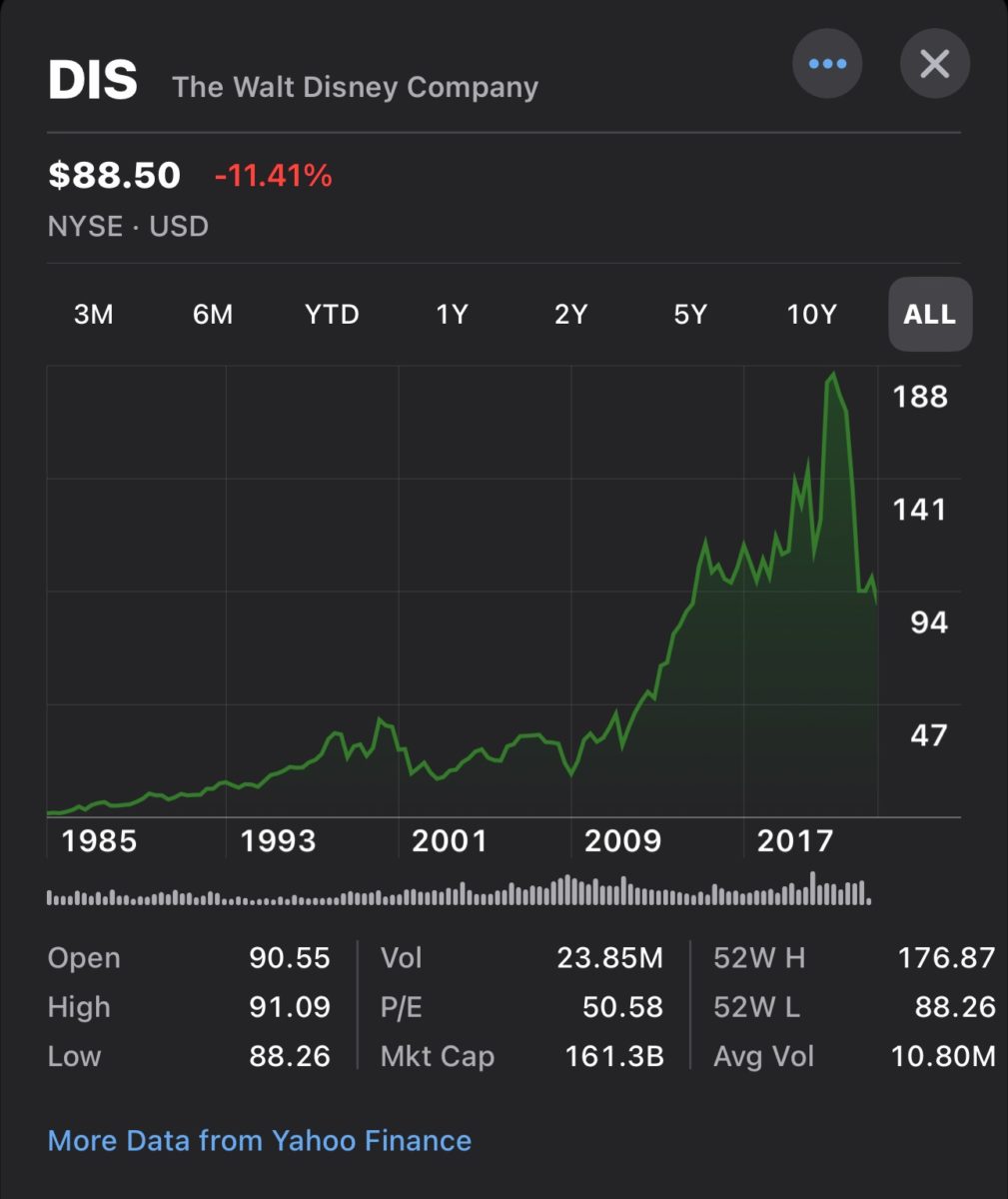 Qbts Earnings Report Potential Market Impact On Stock Price
May 21, 2025
Qbts Earnings Report Potential Market Impact On Stock Price
May 21, 2025 -
 Abn Amros Investering In Transferz Een Impuls Voor Digitale Transacties
May 21, 2025
Abn Amros Investering In Transferz Een Impuls Voor Digitale Transacties
May 21, 2025 -
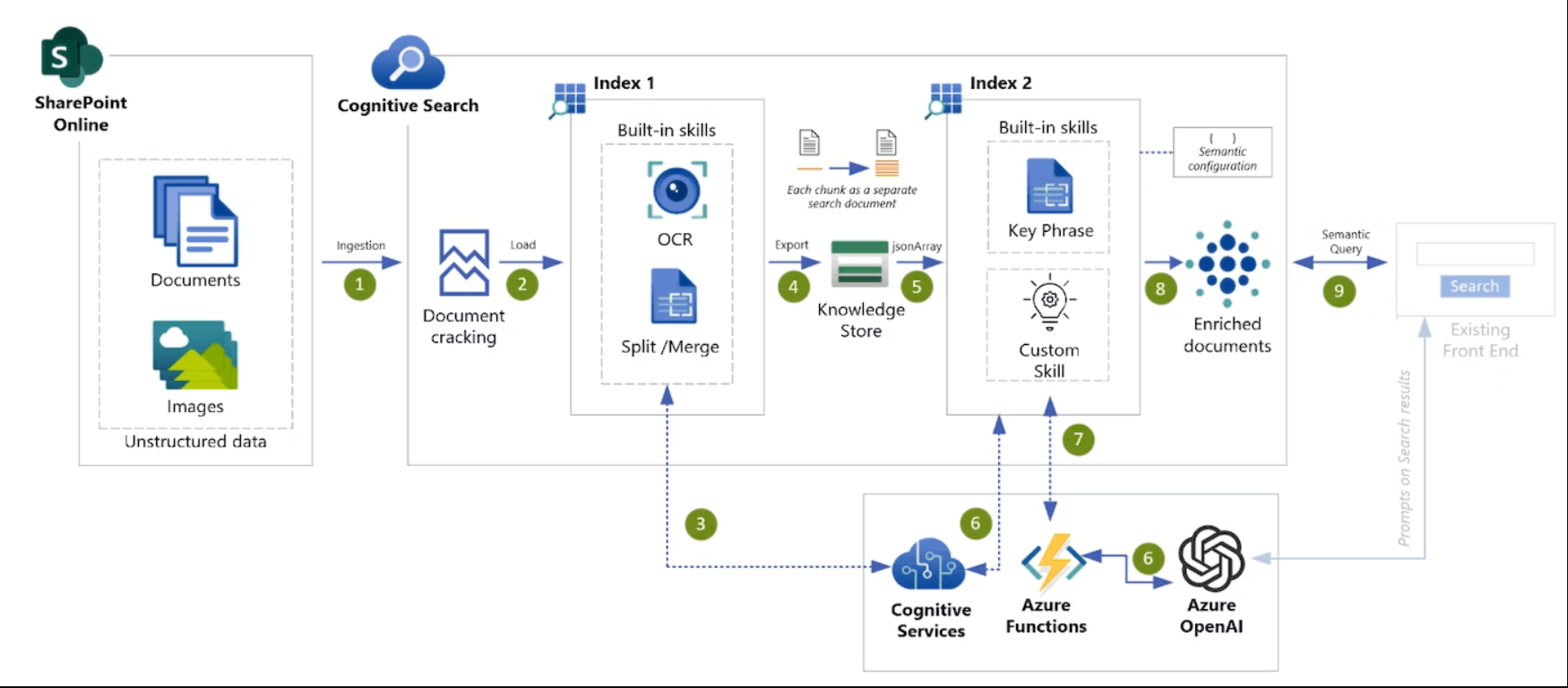 Revolutionizing Voice Assistant Development Open Ais New Tools
May 21, 2025
Revolutionizing Voice Assistant Development Open Ais New Tools
May 21, 2025 -
 Dancehall Star Faces Travel Restrictions To Trinidad
May 21, 2025
Dancehall Star Faces Travel Restrictions To Trinidad
May 21, 2025
Latest Posts
-
 Updated Rain Forecast Knowing When Showers Will Start And Stop
May 21, 2025
Updated Rain Forecast Knowing When Showers Will Start And Stop
May 21, 2025 -
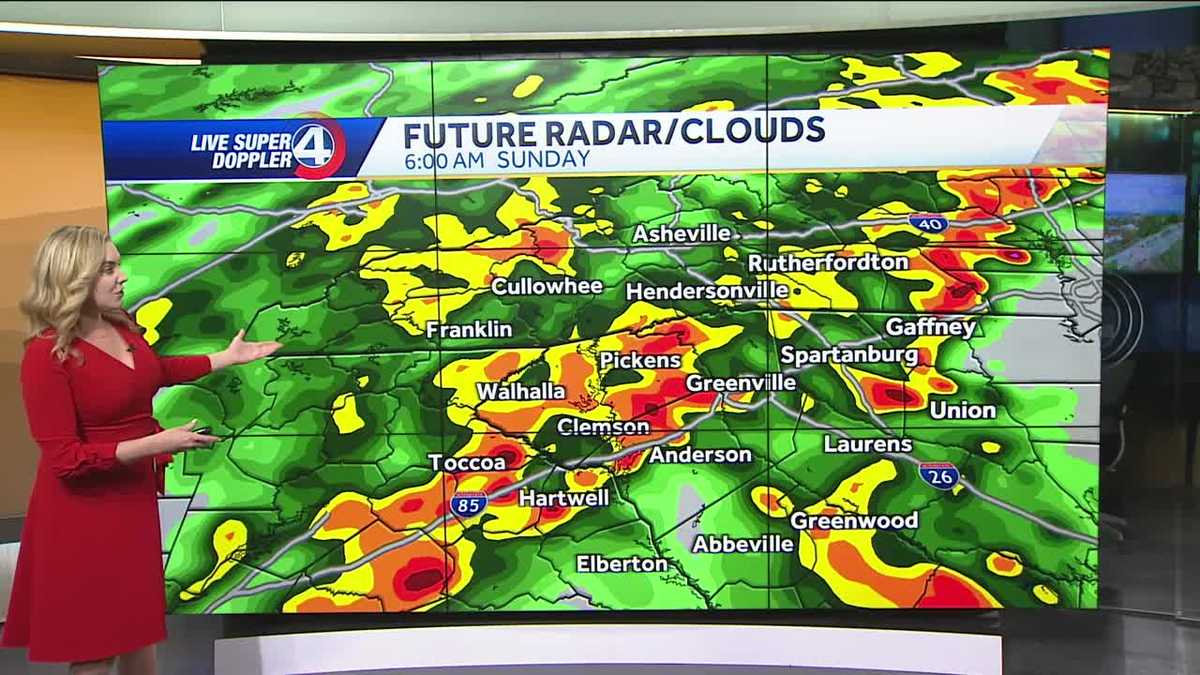 Precise Rain Timing Latest Updates And Probability Forecasts
May 21, 2025
Precise Rain Timing Latest Updates And Probability Forecasts
May 21, 2025 -
 When To Expect Rain Updated Forecast With On Off Predictions
May 21, 2025
When To Expect Rain Updated Forecast With On Off Predictions
May 21, 2025 -
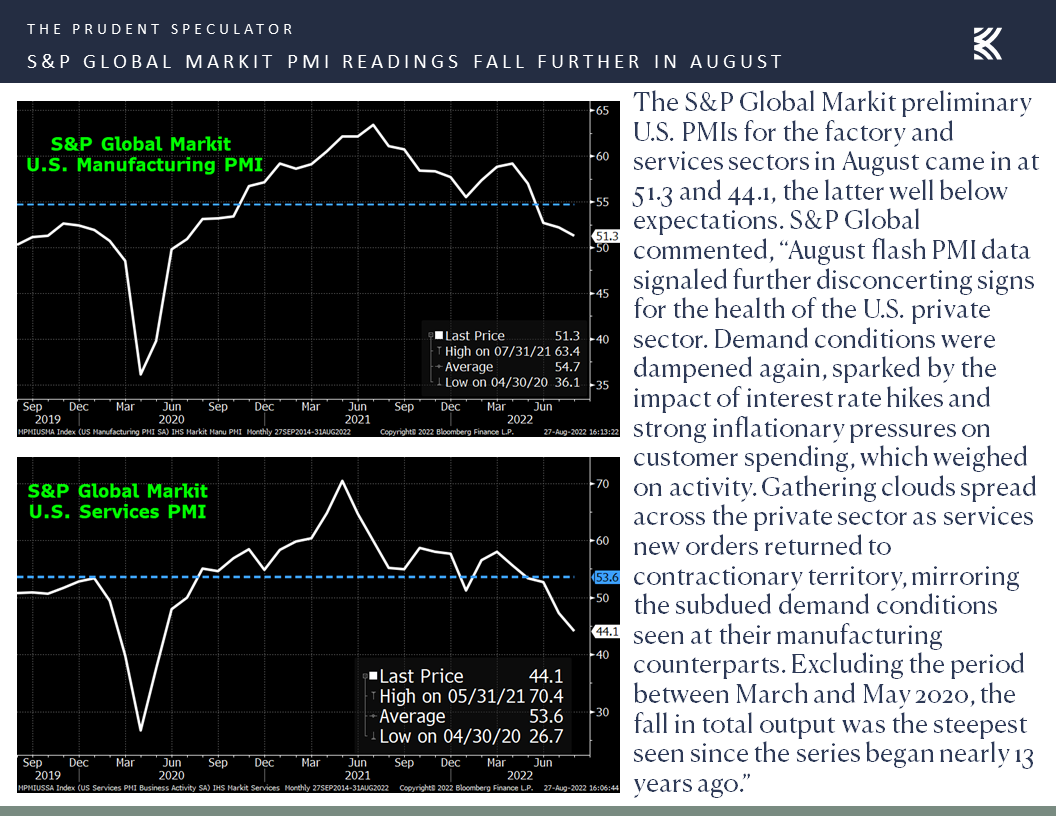 Big Bear Ai A Prudent Investment Strategy For The Current Market
May 21, 2025
Big Bear Ai A Prudent Investment Strategy For The Current Market
May 21, 2025 -
 Analyzing Reddits Top 12 Ai Stock Recommendations
May 21, 2025
Analyzing Reddits Top 12 Ai Stock Recommendations
May 21, 2025
